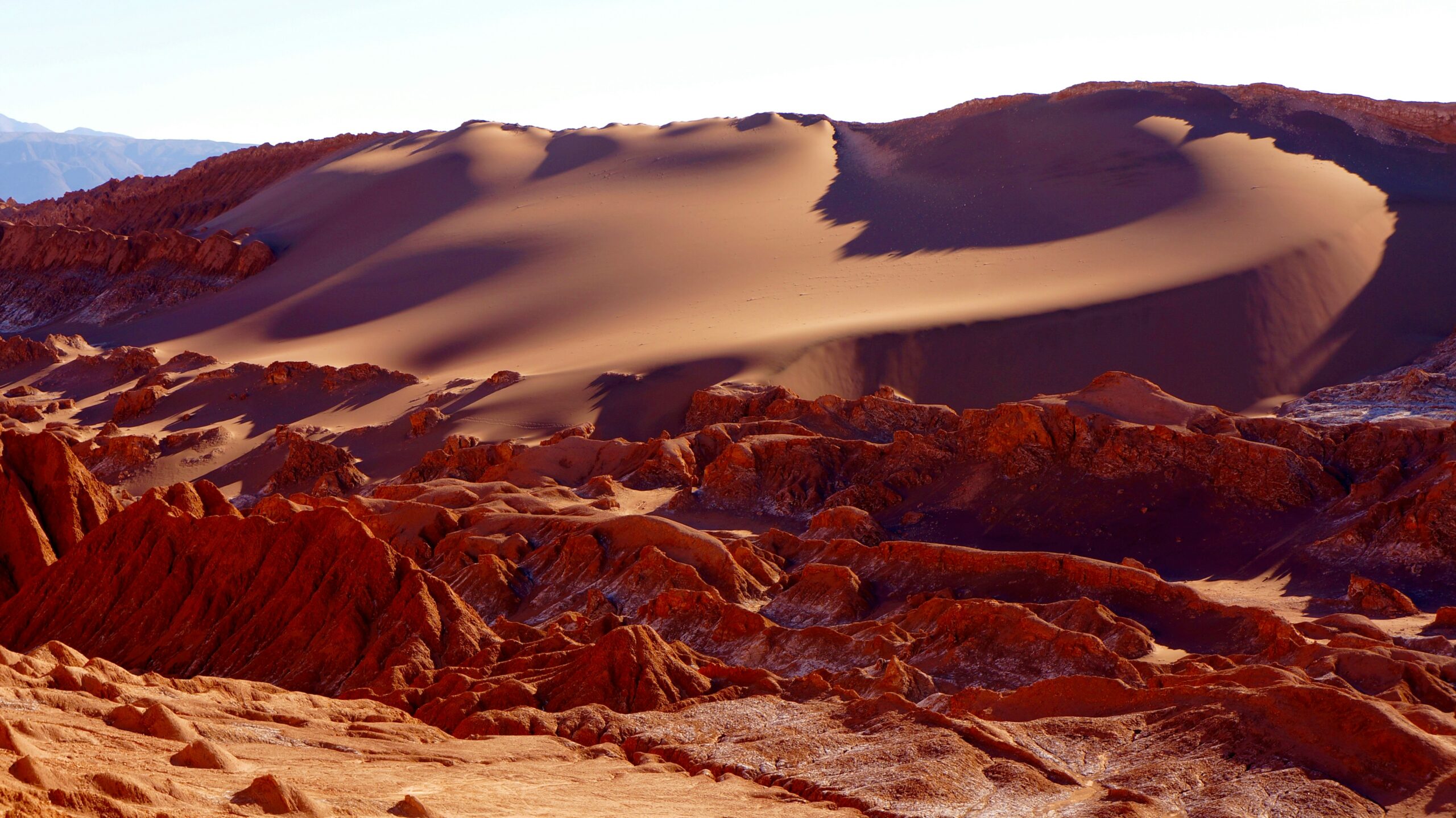Hidden World
Hidden World: Life and Adaptations in Earth’s Driest Desert: Deep within the barren landscape of Earth’s driest desert lies a secret ecosystem, a hidden world teeming with life.

The Atacama Desert in Chile, known for its arid conditions and lack of rainfall, may seem inhospitable to most forms of life. However, recent scientific discoveries have revealed a surprising diversity of organisms that have adapted to survive in this extreme environment.
Extreme Conditions and Adaptations
The Atacama Desert is characterized by its extreme conditions, with some areas receiving less than a millimeter of rainfall per year. These harsh conditions make it one of the most arid places on Earth, comparable to the conditions found on Mars. Despite this, scientists have found a variety of microorganisms, plants, and animals that have managed to thrive in this seemingly hostile environment.
One of the key adaptations of organisms in the Atacama Desert is their ability to withstand extreme desiccation. Some microorganisms, known as extremophiles, have developed mechanisms to survive in environments with very little water. These organisms can enter a state of dormancy, slowing down their metabolic processes and protecting themselves from dehydration. When moisture becomes available, they can quickly resume their normal activities.
Another adaptation observed in the desert’s flora and fauna is the ability to extract water from the air. Certain plants have specialized structures that allow them to capture and condense moisture from the fog that occasionally blankets the region. This fog drip provides a vital source of water for these plants, enabling them to survive in an otherwise waterless environment.
The Surprising Diversity of Life
Contrary to its barren appearance, the Atacama Desert is home to a surprising diversity of life. Recent studies have revealed the presence of bacteria, fungi, lichens, and even small animals such as nematodes and insects. These organisms form complex ecological networks, each playing a crucial role in the desert’s ecosystem.
One of the most fascinating discoveries in the Atacama Desert is the existence of microbial communities deep beneath the surface. These subsurface ecosystems, known as hypolithic communities, thrive underneath translucent rocks that protect them from the harsh desert conditions. These communities have a unique composition of microorganisms and play a vital role in nutrient cycling and soil stability.
Furthermore, the desert’s hyperarid core, which was once thought to be completely devoid of life, has also revealed signs of microbial activity. Scientists have detected the presence of microbial DNA in the soil, suggesting the existence of a microbial community adapted to survive in this extreme environment.
Implications for Astrobiology
The discovery of life in the Atacama Desert has significant implications for the field of astrobiology, the study of life in the universe. The extreme conditions found in this desert closely resemble the harsh environments of other celestial bodies, such as Mars. By studying the organisms that have managed to survive in the Atacama, scientists can gain insights into the potential for life on other planets.
Additionally, the adaptations and survival strategies employed by the organisms in the Atacama Desert could inspire new technologies for water conservation and drought resistance. The ability to extract water from the air, for example, could be harnessed to address water scarcity issues in arid regions around the world.
Preserving the Hidden World
To safeguard the fragile Atacama Desert, it’s vital to keep it safe. Human actions like mining and tourism can harm the delicate balance of life there. People are working on setting up protected areas and promoting ways to use the land sustainably. This will help ensure that the desert’s unique plants and animals can survive for a long time.
In conclusion, even though the Atacama Desert is known as the driest place on Earth, it holds a hidden world beneath its surface. The plants and animals there have adapted to survive, showing us how life can thrive in harsh conditions. By studying and protecting this ecosystem, we can learn more about life on our planet and beyond.